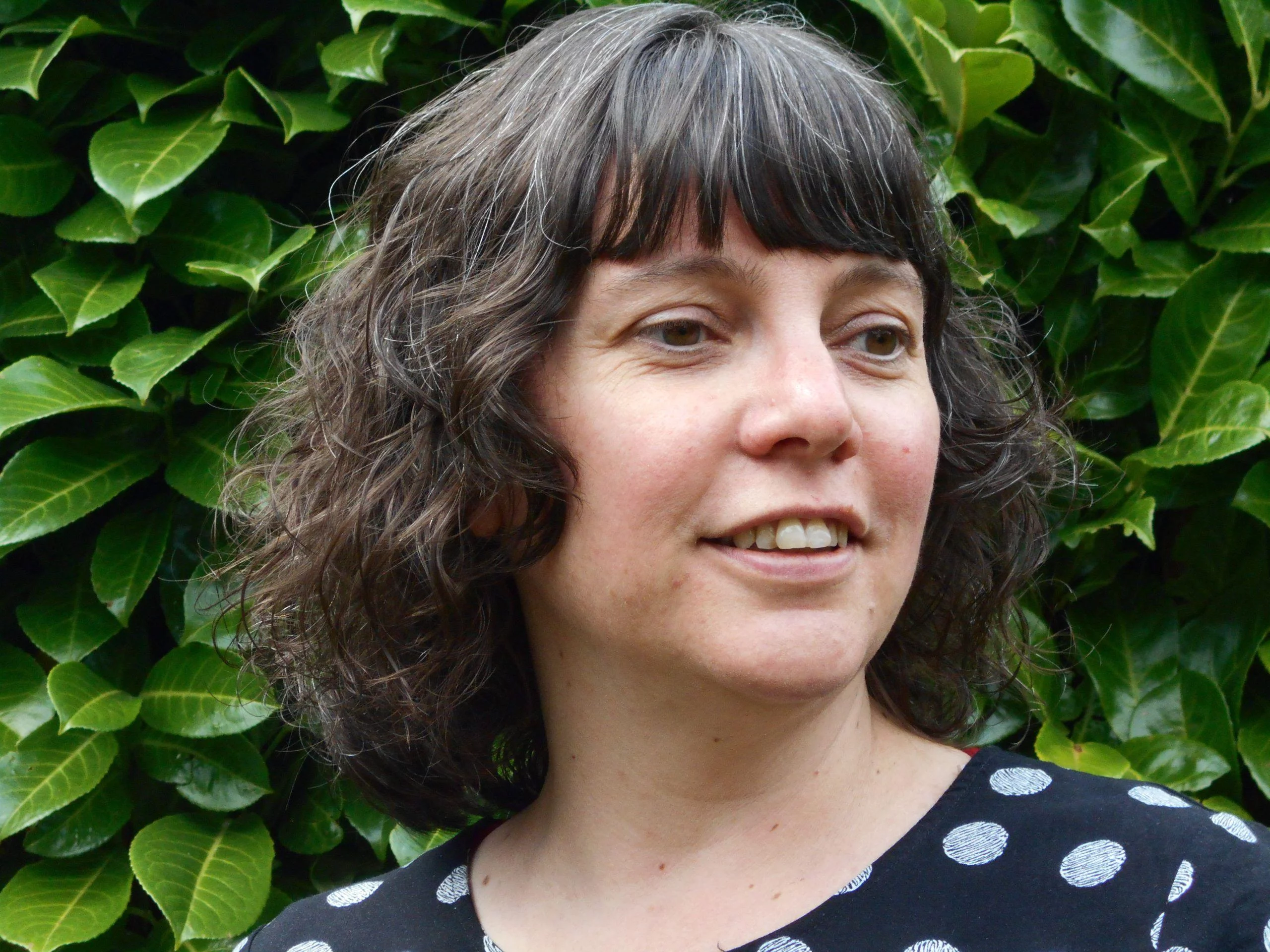Learning objective
- To recognise some of the needs of babies and younger children.
Success criteria
- I can name some things that babies and
This content is for subscribers only. Join for access today.
Non-statutory guidance
The National curriculum states, ‘All
This content is for subscribers only. Join for access today.
Cross-curricular links
None.
This content is for subscribers only. Join for access today.
Before the lesson
This content is for subscribers only. Join for access today.
Lesson plan
Recap and recall
Ask the children if they have younger brothers or sisters or any other younger children in their family. Spend a few minutes finding out more about these children (for example, how old they are, if they are siblings or cousins).
This content is for subscribers only. Join for access today.
Extended-mode explainer videos
How to extend your display to view the lesson page and preseantion mode simultaneously. Choose your operating system below to watch the video
If you need further support with extending your display,
please contact [email protected].
Extended-mode explainer video: For Mac
Extended-mode explainer video: For Windows
Adaptive teaching
Pupils needing extra support
Could be given catalogues with products for babies and children and stick these on to their sheet to show their needs; could be provided with a bank of words to copy from.
Pupils working at greater depth
Can be challenged to add extra categories or expand their answers by adding ‘because…’, e.g. ‘A newborn baby only drinks milk because they are not old enough to eat solid food yet’.
This content is for subscribers only. Join for access today.
Assessing progress and understanding
Pupils with secure understanding indicated by: recognising some of the
This content is for subscribers only. Join for access today.
Vocabulary definitions
-
baby
A very young child.
-
child
A young person, under the age of eighteen.
This content is for subscribers only. Join for access today.

